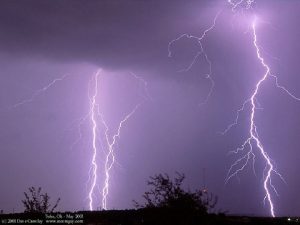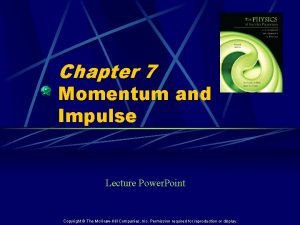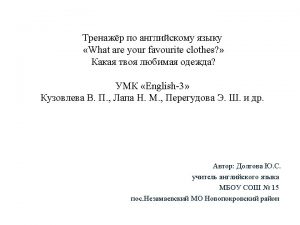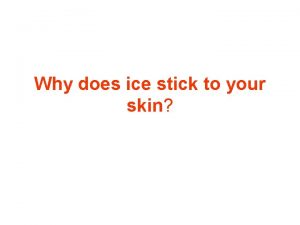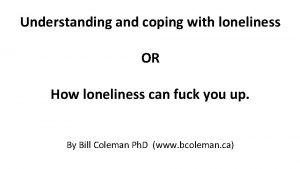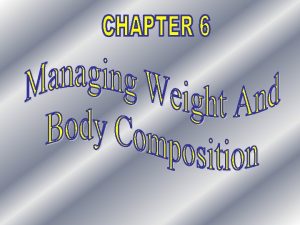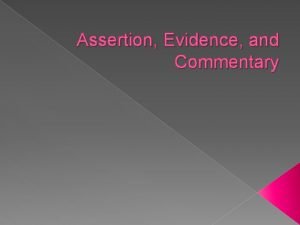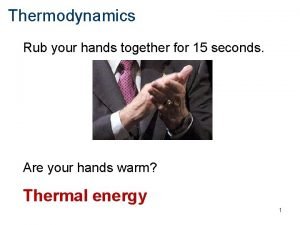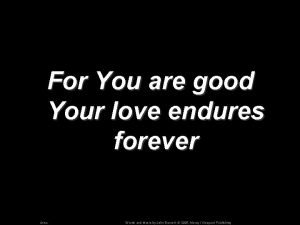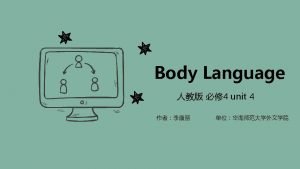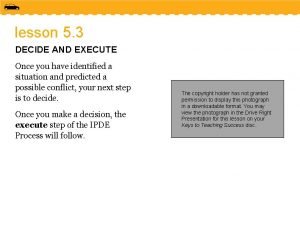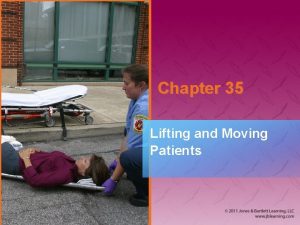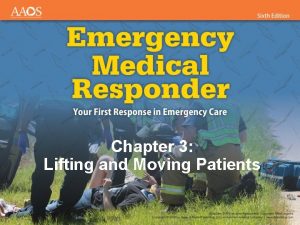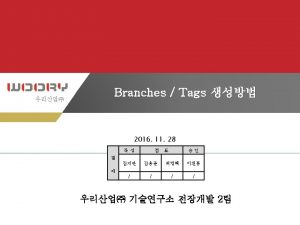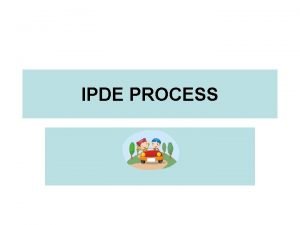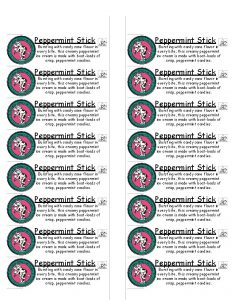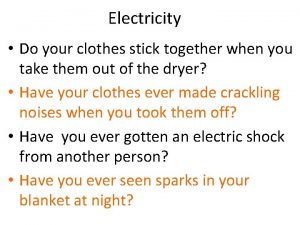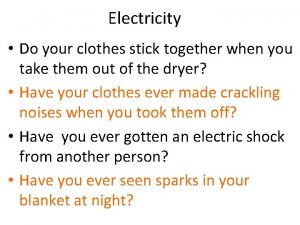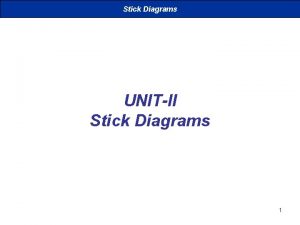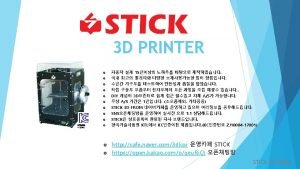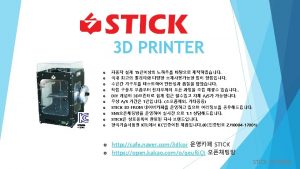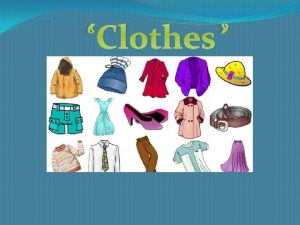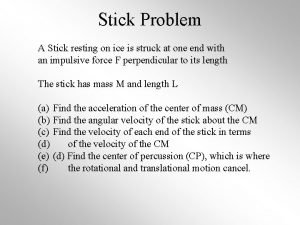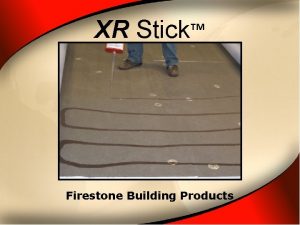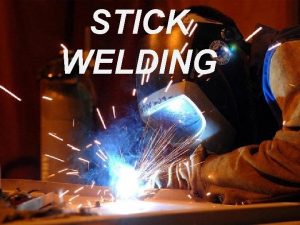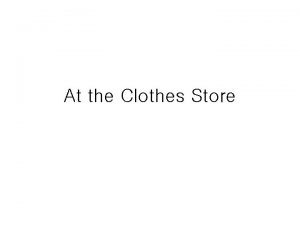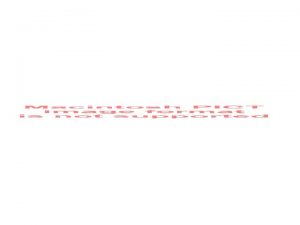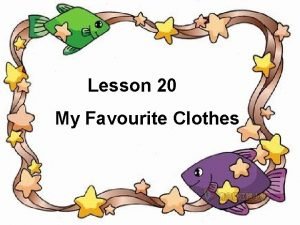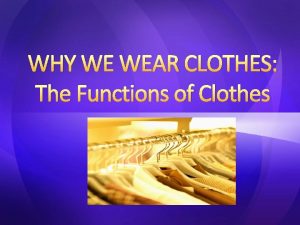Electricity Do your clothes stick together when you
































- Slides: 32



Electricity • Do your clothes stick together when you take them out of the dryer? • Have your clothes ever made crackling noises when you took them off? • Have you ever gotten an electric shock from another person? • Have you ever seen sparks in your blanket at night?

Has this happened to you?

Why ? ? ? Static Electricity Static electricity occurs when there is a build up of electric charge on the surface of a material. It is called static electricity because the charges don’t move (much).

Static Electricity • Ben Franklin (and others) – Two types of electric charge – Plus and Minus names – Like repel – unlike attract – Yes the kite is real

Static Electricity How do objects acquire charge? • Charging by friction • Induced charge separation –Temporary • Charging by contact • Charging by induction

Charging by Friction When a balloon rubs a piece of wool. . . + + – – – + + wool + electrons are pulled from the wool to the balloon. Rubber has a higher electron affinity than wool The balloon becomes negatively charged and the wool positively charged

Induced Charge Separation After being rubbed, a plastic ruler can attract small bits of paper. WHY ? ? ?

Induced Charge Separation when a charged rod is close to paper scraps. . . - - - - The attraction between the rod attraction and + charge is greater than the repulsion between the rod and - charge. –––– ++ + + paper Electrons are repelled. repulsion

Charging by Conduction

Excerpt From an Electric Novel Carol put the gas pump nozzle on automatic and re-entered her car to write a check. Just then her daughter, wearing a wool sweater and nylon jacket and who's hair was standing out, reached out the window for the nozzle. Flames suddenly ignited her clothing.

What Happened? When you touch a positively charged metal ball electrons flow from the earth to the metal ball, neutralizing the charges. + + + This is called – Grounding

Charging By Induction Bring a charged rod near an object to produce induced charge separation

Charging By Induction Ground the object. Allowing electrons to flow

Charging By Induction Remove the ground, then remove the rod.

A force must be pushing the hair apart

Static Electricity • Coulomb Experiment

Static Electricity • • Force (F) is in newtons (N) Charge (Q) is in coulombs (C) Distance (R) is in meters (m) Coulomb Constant (k) 9 X 109 Nm 2/C 2

Static Electricity You and your lab partner each have a net charge of one coulomb of excess positive charge and are about one meter apart. What is the force between you? (You weigh about 500 N)

Static Electricity • How does one charge exert a force on a second charge when they do not touch? • Electric Field

Small charged grass seeds in oil between two charges.

Current Electricity • Current electricity is the rate of flow of charge. – Current (I) Ampere (A) or (C/s) • Electrons in metals • Protons, Electrons or ions in liquids and gasses • AC / DC

Current Electricity • Conductors – Insulators • Resistance (R): A material’s opposition to the flow of charges – Ohms (Ω) – Thickness, length, temperature (for metal wires)

Current Electricity • Electric Potential Difference (V): The difference in the amount of energy that a charge has between two spots in an electric field – J / C or Volt (V) – Gravity potential energy – battery

Electricity • Ohm: Was able to Relate current, resistance and potential difference for a circuit. • V = IR • Read 20. 2

Electric Circuits • Electric Circuit: a completed (closed) path that allows electricity to flow • Circuit diagram: Uses symbols to represent the parts of an electric circuit


Electricity • Series Circuit – One path • I is constant • V adds • • R adds

Electricity • Parallel Circuit – More than One path (branches) • V is constant • I adds • R goes down

Electricity • Power: how quickly the energy is transferred • P = energy / time • P = VI J/s watts W

Electricity • Safety – Fuse – Circuit breaker – Gfi – Read 20. 3
 Why do clothes stick together in the dryer
Why do clothes stick together in the dryer Static electricity and current electricity
Static electricity and current electricity Static electricity and current electricity
Static electricity and current electricity Magnetism vocabulary
Magnetism vocabulary When sentences stick together, it
When sentences stick together, it Two football players collide and stick together
Two football players collide and stick together Types of sedimentary rocks
Types of sedimentary rocks You put your right hand in
You put your right hand in You say you love rain
You say you love rain Marco koper
Marco koper What are your favourite clothes?
What are your favourite clothes? How does clothing express your personality
How does clothing express your personality Why does skin stick to ice
Why does skin stick to ice Give us your hungry your tired your poor
Give us your hungry your tired your poor Accept your loneliness you are your only friend
Accept your loneliness you are your only friend If you have a problem with your brother leave your offering
If you have a problem with your brother leave your offering The way you see your body.
The way you see your body. Please clean your room
Please clean your room Symptoms before period
Symptoms before period Assertion evidence model
Assertion evidence model Rubbing your hands together is an example of which transfer
Rubbing your hands together is an example of which transfer Slogan obey your thirst
Slogan obey your thirst You are good you are good and your love endures
You are good you are good and your love endures How old are you what's your name
How old are you what's your name ,,
,, If i the homework last night
If i the homework last night Identify predict decide execute
Identify predict decide execute Zero conditional affirmative negative interrogative
Zero conditional affirmative negative interrogative Which is preferred when moving equipment and patients?
Which is preferred when moving equipment and patients? You may injure your back if you lift
You may injure your back if you lift You may injure your back if you lift
You may injure your back if you lift Thank you for your attention any questions
Thank you for your attention any questions Ipde process survey answers
Ipde process survey answers
